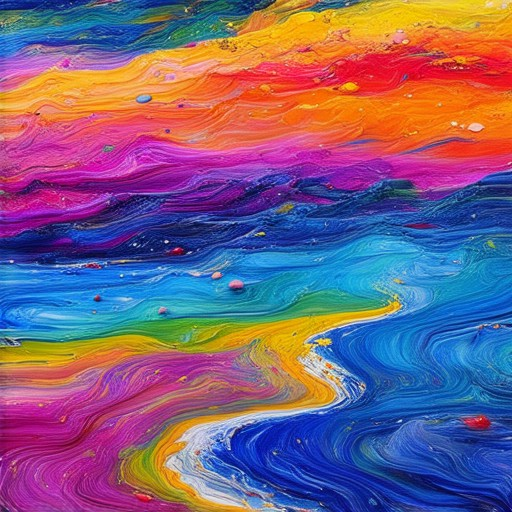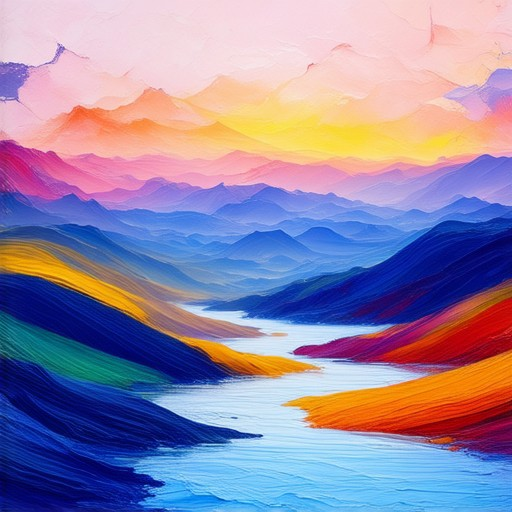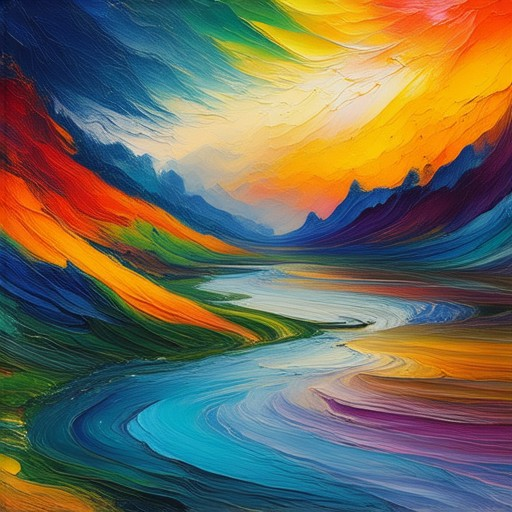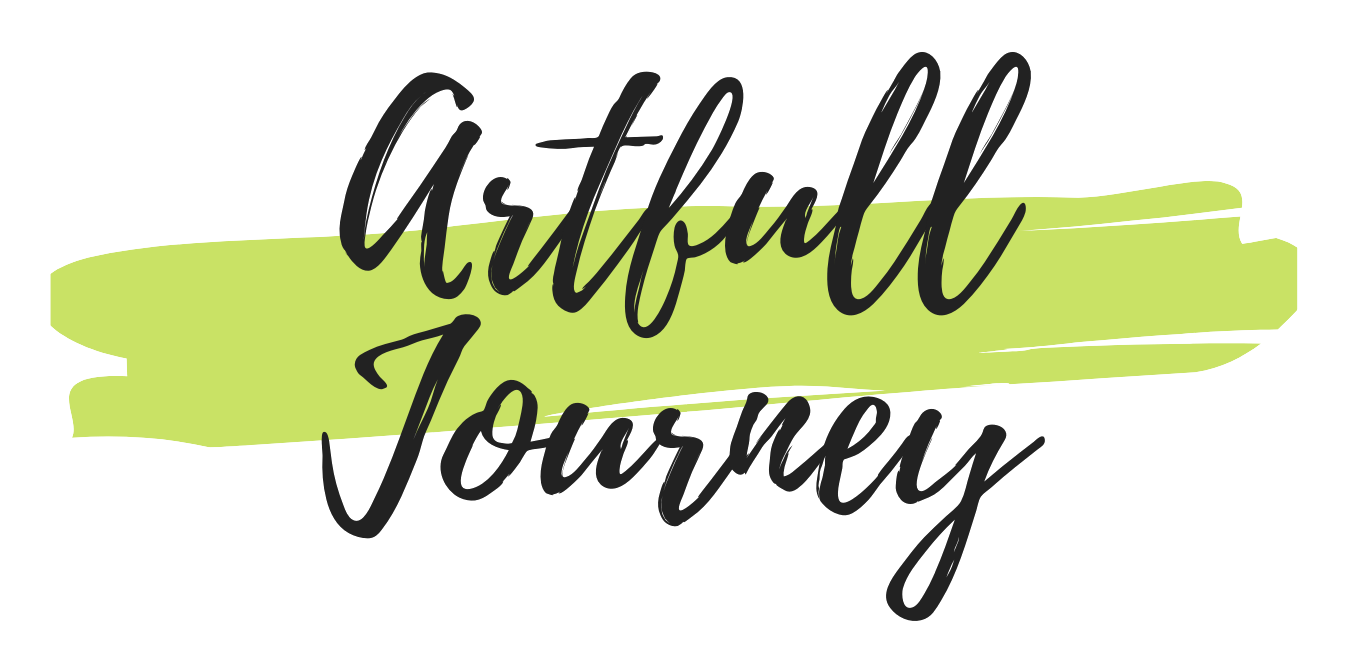Unlocking Creativity: How to Be Creative in Art and Beyond
Creativity is a universal desire, yet many struggle to harness it, whether as an artist, designer, or innovator. This guide explores actionable strategies to unlock your creative potential, from overcoming creative blocks to fostering daily habits that sustain inspiration. Whether you’re an aspiring artist or someone looking to inject creativity into every aspect of life, this article offers practical insights and real-world applications. Discover how to cultivate a creative mindset, leverage tools and techniques, and connect with your inner spark. By embracing the journey of creativity, you’ll learn to transform ideas into reality and find new ways to express yourself. Let’s delve into the secrets of creativity, from mastering core skills to pushing artistic boundaries and beyond.
Key Takeaways
- Embrace curiosity to spark creativity and explore new possibilities.
- Set clear goals to give your creative endeavors direction and purpose.
- Practice mindfulness to cultivate a calm environment where ideas thrive.
- Stay inspired by surrounding yourself with diverse and enriching influences.
- Experiment freely to innovate and discover new creative pathways.
- Collaborate and share to gain fresh perspectives and foster growth.
- Establish a creative routine to build consistency and momentum.
- Write down creative intentions to stay focused and motivated.
- Optimize your workspace to enhance productivity and inspiration.
- Embrace failure as a learning opportunity to refine your creativity.
- Join creative communities to connect with like-minded individuals.
- Use creative tools to unlock new ideas and improve your workflow.
- Explore new subjects to recharge your creative wellspring.
- Take regular breaks to maintain energy and avoid creative fatigue.
- Address mindset barriers to create a supportive mental environment.
- Break routine monotony by introducing varied activities and inspiration.
- Manage stress through mindfulness and prioritizing self-care.
- Create an optimal environment to support focus and creativity.
- Cultivate internal motivation to reduce reliance on external sources.
- Practice gratitude daily to boost creativity and reduce mental blockades.
- Embrace imperfection to freely explore and experiment creatively.

How Artists Become So Creative
Artists develop their creativity through a combination of dedicated practice, curiosity, and exposure to diverse experiences. Here are some key strategies that contribute to an artist’s ability to create:
- Embrace a Growth Mindset:** Artists who view their creativity as something that can be developed rather than innate are more likely to grow. They see challenges as opportunities to learn and evolve.
- Explore a Wide Range of Experiences:** Artists often draw inspiration from various fields like nature, literature, history, and science. The more experiences they have, the richer their creative palette becomes.
- Practice Consistently:** Regular practice strengthens an artist’s skills and builds confidence. Even simple exercises like sketching daily can significantly boost creativity over time.
- Experiment Freely:** Creativity thrives in environments where experimentation is encouraged. Don’t hesitate to try new techniques, materials, or styles that may seem unconventional at first.
- Surround Yourself with Inspiration:** Artists should seek out environments that stimulate their senses and spark curiosity. This could mean visiting museums, traveling, or engaging with different cultures and communities.
By fostering these habits and mindsets, artists can unlock their creative potential and continue to evolve as individuals and creators. Remember, creativity is a journey that requires patience, curiosity, and a willingness to embrace the unknown.
Understanding Creative Blocks and Overcoming Them
Artistic creativity can wane due to various factors, including stress, self-doubt, and environmental influences. Understanding these challenges is the first step toward overcoming them.
1. Self-Criticism and Doubt
Excessive self-criticism can hinder creativity. Artists often compare themselves to others, forgetting that each artist’s journey is unique. Embrace imperfection and recognize that creativity thrives in a non-judgmental environment.
2. Routine and Monotony
A rigid routine can lead to creative stagnation. Break free by incorporating variety into your routine—explore new locations, try different mediums, or engage in collaborative projects to stimulate fresh ideas.
3. Stress and Anxiety
Stress and anxiety are significant blockers. Practice mindfulness or relaxation techniques to alleviate these pressures, allowing your mind to focus on creative endeavors.
4. Lack of Inspiration
Seek inspiration through art prompts, apps, or online communities to overcome creative droughts. These tools can provide the necessary spark to begin your creative process.
5. High Expectations
The pressure to create perfect work can be overwhelming. Shift your focus to the creative process itself, enjoying the journey rather than fixating on the outcome.
6. Environment and Workspace
Organize your workspace to enhance concentration. Personal touches can make your environment more inviting, fostering a more productive creative space.
7. Time Management and Procrastination
Develop strategies to balance creative projects with other responsibilities. Set realistic deadlines and employ motivational techniques to combat procrastination.
8. Skill Gaps
Address skill deficiencies through workshops or online courses. Learning new techniques can refresh your approach and reignite creativity.
9. Emotional Barriers
Face fears of failure and uncertainty courageously. Experimentation is essential for growth, so embrace these emotions as part of your creative journey.
Conclusion
Lacking artistic creativity is often a combination of internal and external factors. By addressing these challenges—whether through mindset shifts, environmental adjustments, or skill development—you can overcome creative blocks and revitalize your artistic practice.

How Can I Train Myself To Be Creative?
To enhance your creativity, consider implementing the following structured approach:
- Daily Practice : Dedicate time each day to engage in creative activities. Start with simple tasks like journaling to capture daily observations and ideas.
- Inspiration from Others : Study the processes of notable creators across various fields, such as artists, writers, and inventors, to gain insights into their approaches.
- Explore Diverse Fields : Expand your knowledge by examining creativity in different domains, including culinary arts, architecture, and design, to gain fresh perspectives.
- Establish Routine : Create a routine that includes regular brainstorming sessions and sketching to foster consistency in creative thinking.
- Learn New Skills : Enroll in workshops or take classes to acquire new techniques and ideas, which can stimulate creativity through practice.
- Engage in Hobbies : Pursue hobbies like photography or cooking, which naturally encourage creative expression and problem-solving.
- Seek Diversity : Travel and interact with diverse cultures to broaden your horizons and uncover new sources of inspiration.
- Set Personal Goals : Define clear objectives, such as completing a creative project monthly, to maintain motivation and direction.
- Embrace Failure : Understand that creativity involves risk-taking. Learn from failures and view them as opportunities for growth.
- Stay Curious and Open-Minded : Maintain curiosity and openness to explore diverse ideas, fostering an environment conducive to creativity.
- Mindfulness Practices : Incorporate mindfulness or meditation to enhance presence and receptivity to creative ideas.
By integrating these strategies, you can cultivate a more creative mindset, leading to greater innovation and personal growth.

How to Connect with Your Creativity
We all have creativity within us, but sometimes it feels dormant or hard to access. Here are practical steps to unlock and channel your creativity effectively:
- Embrace Curiosity:** Explore new experiences and ideas regularly. A curious mind is a creative mind. Try learning something new, visiting unfamiliar places, or engaging in diverse hobbies.
- Set Clear Goals:** Define what you aim to create or achieve. Whether it’s painting, writing, or inventing, having a direction keeps your efforts focused and meaningful.
- Practice Mindfulness:** Creativity often thrives in a calm environment. Practice mindfulness or meditation to clear your mind and allow ideas to surface naturally.
- Stay Inspired:** Surround yourself with inspiring people, books, or art. Inspiration can come from anywhere, so keep your eyes and mind open to absorb new perspectives.
- Experiment Freely:** Don’t fear failure. Experimentation is a crucial part of creativity. Embrace mistakes as opportunities to learn and grow.
- Collaborate and Share:** Creativity often benefits from collaboration. Work with others who challenge and inspire you. Sharing your work with peers can also provide valuable feedback and new ideas.
By fostering these habits, you can develop a stronger connection with your creativity and harness its power to fuel your personal and professional growth.
How to Activate Your Creativity
To activate your creativity, consider implementing the following structured approach:
- Establish a Creative Routine : Dedicate specific times each day for creative activities. Consistency helps build momentum and reduces stress.
- Mindful Intentions**: Write down your creative goals to stay focused and motivated. Embrace flexibility to explore diverse ideas without pressure.
- Environment Optimization**: Create a clean and organized workspace to enhance concentration and reduce distractions.
- Embrace Failure as Learning**: View mistakes as part of the creative process and use them to grow and evolve your ideas.
- Connect with Creative Communities**: Engage with others who share your passion. Join groups or follow inspiring individuals to gain new perspectives and motivation.
- Utilize Creative Tools**: Experiment with techniques like mind mapping or journaling to unlock new ideas and improve your creative flow.
- Stay Curious and Explore**: Keep your creative well full by delving into new subjects or genres that spark your interest.
- Regular Breaks for Refreshment**: Incorporate short walks or meditation sessions to maintain focus and prevent creative fatigue.

Understanding Creative Blocks
Creativity is a complex process influenced by numerous factors, including mindset, routine, external pressures, and environmental conditions. Understanding why creativity falters can help in overcoming these challenges.
Mindset and Self-Criticism
Self-doubt and excessive self-criticism can stifle creativity. Engage in positive self-talk and recognize that creativity thrives in a supportive mental environment rather than a critical one.
Routine and Inspiration
A monotonous routine can lead to creative stagnation. Incorporate varied activities and seek inspiration from diverse sources to refresh your perspective and stimulate new ideas.
External Factors
Stress, fatigue, and external pressures can hinder creativity. Manage stress through mindfulness, adequate sleep, and self-care to maintain cognitive function and emotional well-being.
Environmental Influence
Your surroundings significantly impact creativity. Organize your workspace to promote focus and eliminate distractions, creating a stimulating yet calming atmosphere.
Motivation and Fear
Over-reliance on external inspiration can diminish intrinsic motivation. Cultivate internal drive and confront fears head-on to embrace creative risks and uncertainties.
Gratitude and Acceptance
Focusing on gratitude can enhance creativity by reducing stress and broadening perspectives. Embrace imperfection as part of the creative journey, allowing yourself to experiment freely.
Practical Strategies
- Practice Self-Compassion: Replace self-critical thoughts with affirmations to foster a supportive inner dialogue.
- Experiment with Routine: Introduce new experiences to break creative ruts and invigorate your approach.
- Optimize Sleep: Prioritize rest to ensure your mind is sharp and ready for creative tasks.
- Curate Your Environment: Create a dedicated, organized space that encourages concentration and inspiration.
- Face Fears Courageously: Challenge yourself to take creative risks and embrace uncertainty as part of the process.
- Practice Gratitude Daily: Reflect on positive aspects of life to boost creativity and reduce mental blockades.
- Embrace Imperfection: Allow yourself to create without the pressure of perfection to explore new ideas freely.
Conclusion
Overcoming creative blocks requires a holistic approach that addresses mental, emotional, and environmental factors. By understanding and mitigating these influences, you can unlock your creativity and foster a more dynamic, innovative mindset.




0 Comments